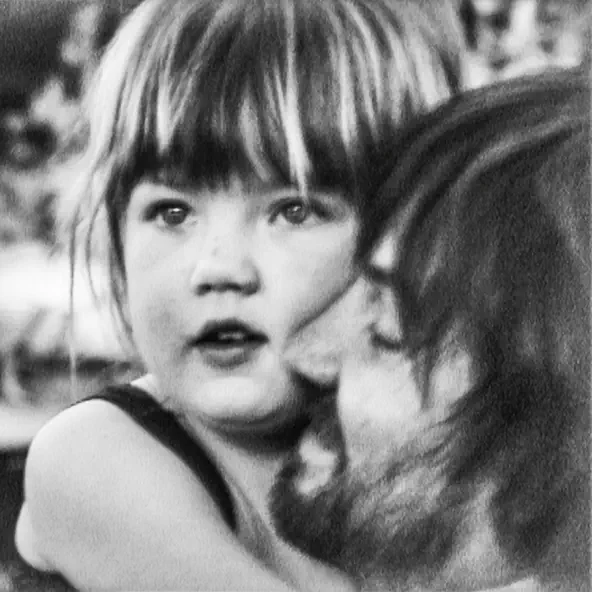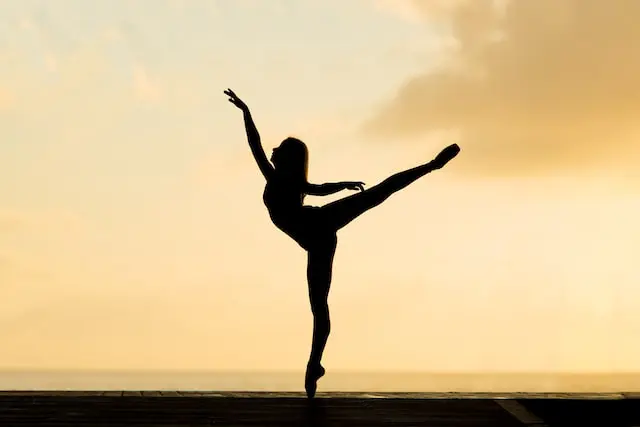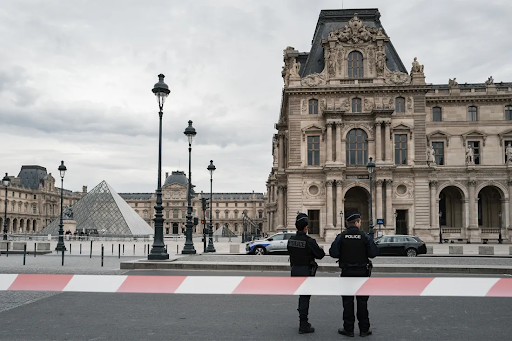Joe’s Photography Tip of the Week #1: Easy Macro Lens
With macro lenses starting at hundreds of dollars photographers on a budget are turning to a more DIY method.
Photo Courtesy of Joseph Grosjean
Example of a macro shot accomplished using this technique.
August 19, 2015
Macro is a style of photography which brings the ridiculously small into the realm of the visible, magnifying the minute so we can all enjoy this. Examples of this include bee’s, an ant’s eye, dust on a leaf, etc. This is a really stunning style of photography, but traditionally you need to buy a standalone macro lens which will cost hundreds of dollars; unless you are a professional photographer and this is how you make your living, you will find this style of photography exceptionally elusive. Fortunately, I’m here to tell you that I have a solution!
All you need to do this trick is a DSLR camera body, the lens of your choice, and a subject.
- First, detach the lens from the camera body. Removing the lens from a camera body exposes the lens elements, the mirror, and in some cases the image sensor, and other fragile parts. This tutorial is at your own risk! Handle with extreme care.
- Now reverse your lens so that your front element is against the camera body and the rear element is facing the subject.
- FOR NIKON USERS: When you try to take a photograph you will notice it comes out dark. This is because Nikon lenses have a spring loaded aperture to keep it closed when not in use. The aperture can be opened by sliding and holding the silver tab on the rear of the lens (this also works well for showing people how an aperture works).
That’s it! Now for some tips while using this technique:
- You will need to manually set your exposure (ISO and shutter speed) using trial and error as your light meter won’t work, and your camera won’t register your aperture value.
- You can still zoom in and out using the ring on your camera, only the values are reversed. So an 18mm zoom would be really close up, and 55mm would be zoomed out.
- Focus by moving in and out. What I mean by this is that you set your focus ring and everything will be blurry. Move in and out until the image is focused,
- Take a lot of photos! As this is macro and you are working on fine details not every shot will come out perfect. Expect to take dozens of a subject until you get that one perfect exposure.










Tommy Billings • Aug 20, 2015 at 9:39 am
Too dangerous for my mom to let me do it 🙁